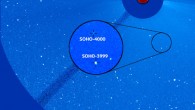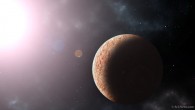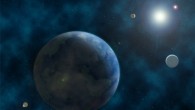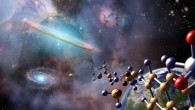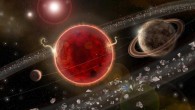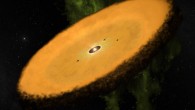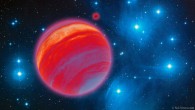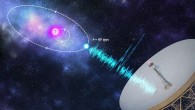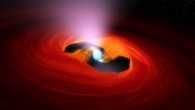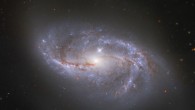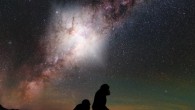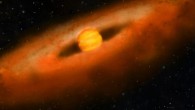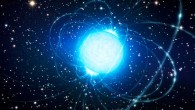Planetary nebulae, whose stars shed their layers over thousands of years, can turn into crazy whirligigs while puffing off shells and jets of hot gas. New images from the NASA/ESA Hubble Space Telescope have helped astronomers identify rapid changes in material blasting off stars at the centers of two nearby young planetary nebulae: NGC 6302 and NGC 7027. This Hubble image shows NGC 7027, or the ‘Jewel Bug’ nebula. Image credit: NASA / ESA / J....



